
URBAN FARMING
Celebrated National Farm to School Month with Woodward North
Food sustainability is about a behavior change! National Farm to School Month started off well for Woodward North in Johns Creek with a reworking of

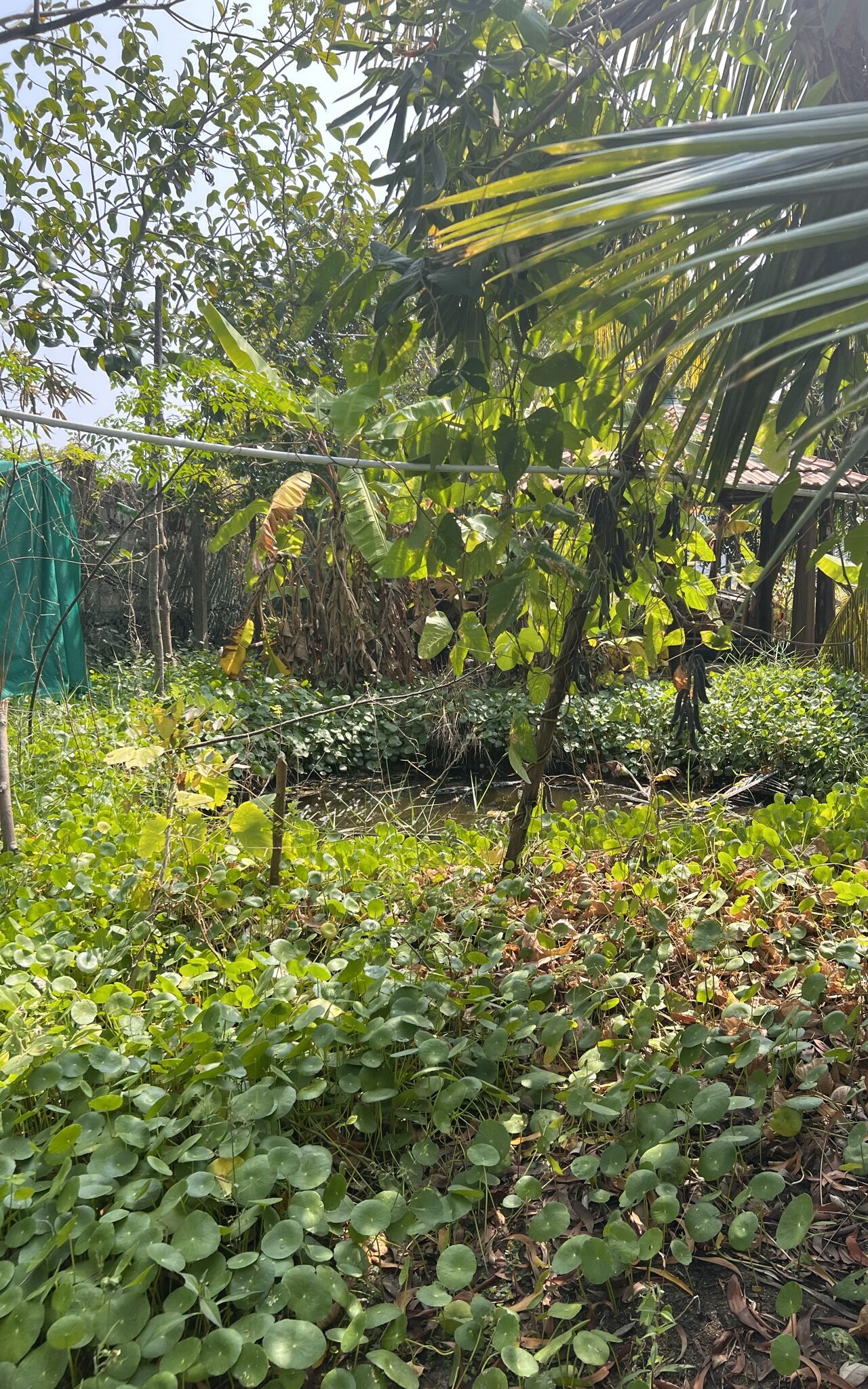
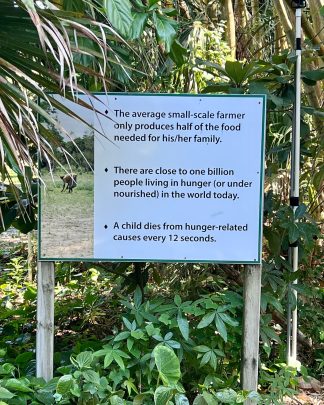
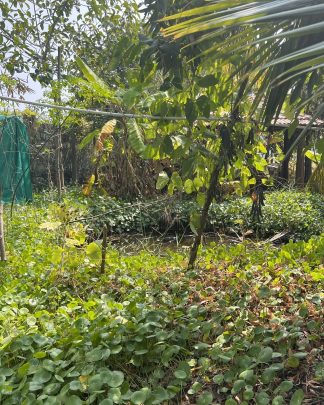
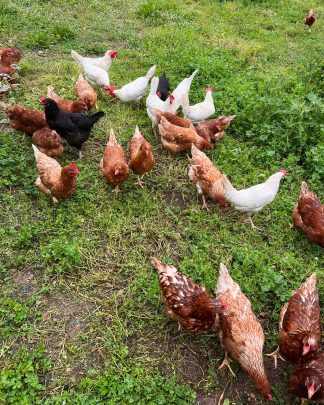
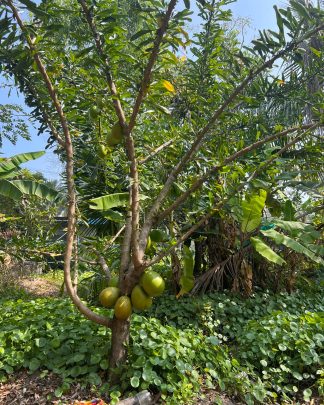


CEO - Founder

Food sustainability is about a behavior change! National Farm to School Month started off well for Woodward North in Johns Creek with a reworking of

Our action towards UN Sustainable Development Goals https://www.youtube.com/watch?v=rC8MZJ4g9s8A group of 20 volunteers from around the world were connected under one thread that held us all
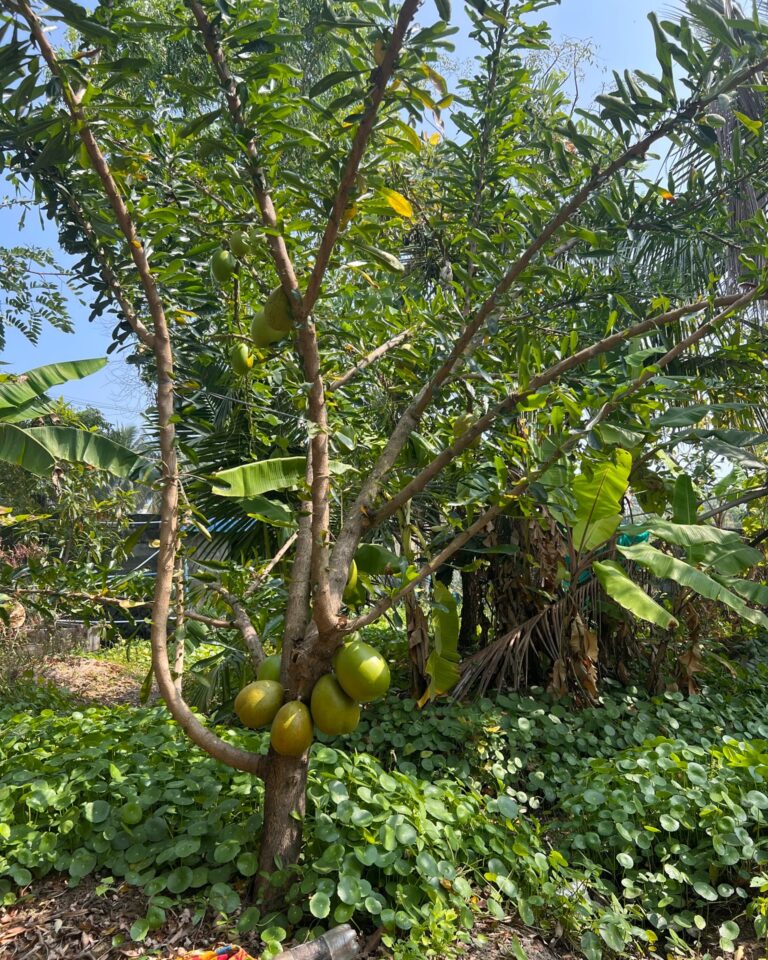
Creating Sustainable Landscape with Native Plants Sustainable landscape is developed as a measure to the environmental damages created due to overuse and exploitation of our
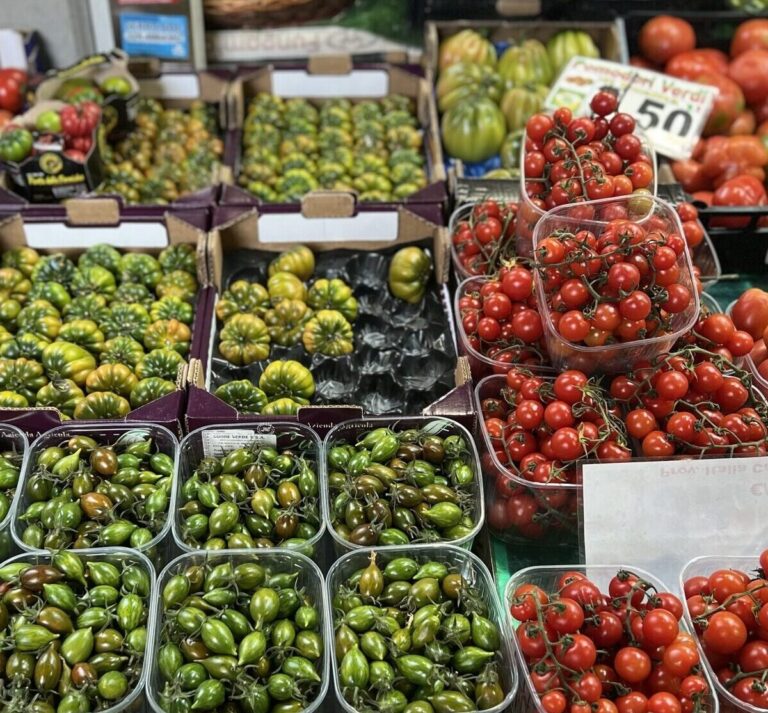
Role of Participatory Engagement in Sustainable Local Food Systems Sustainable food systems are not just about farming and food production, it is also about engaging the